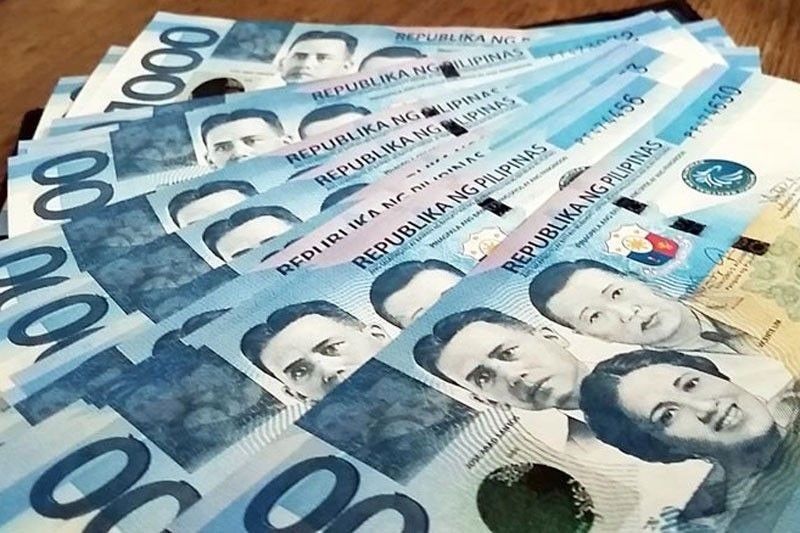Peso to average at stronger 49.75:$1

MANILA, Philippines — The peso is expected to strengthen further and average at 49.75 to $1 this year, a unit of Fitch Ratings said in a report.
In its latest commentary titled “Philippine peso appreciation to cool,” Fitch Solutions said its latest forecast is stronger than its previous exchange rate assumption of 50.58:$1 for 2020 and 51.80:$1 for 2021.
“We at Fitch Solutions forecast the peso to trade stronger on the back of robust fundamentals, with a potential boost from a broader shift to emerging market asset exposure from investors post-US election,” it said.
The peso has been a star performer among emerging market currencies, appreciating by 4.4 percent year-to-date to hit its strongest level in nearly four years.
Despite the Philippine economy being battered by the COVID-19 pandemic, Fitch Solutions said the peso’s strength has been driven by improved external fundamentals including the shift from deficit to surplus in the current account balance and surge in the gross international reserves (GIR) as well as attractive nominal and real rates relative to its peers.
This alongside an expectation for the Bangko Sentral ng Pilipinas (BSP) to keep monetary policy on hold through the rest of the year has helped drive the currency’s strong performance, averaging at 50.21:$1 as of Sept. 8.
“However, as the economy reopens, we expect the current account surplus to shift back into deficit and demand side inflationary pressures to build up, reducing the attractiveness of the peso’s fundamentals,” it said.
The research arm of the Fitch Group said the local currency could find resistance at 48.15:$1 but could be breached if the dollar continues to weaken as a positive shift in sentiment toward emerging market assets leads to further investor appetite for peso exposure.
It added the plan of the BSP to sell some of its gold holdings to be converted to local currency as well as the rebound in remittances from overseas Filipino workers would provide further support for the peso until the end of the year.
Fitch Solutions said further appreciatory pressures could be somewhat offset by a pickup in import demand in the fourth quarter and the first quarter of next year as the Philippine economy reopens and the uncertainty surrounding the US presidential elections in November.
Over the next six to 24 months, Fitch Solutions expects the peso to reverse its appreciation trend as the current account shifts back into a widening deficit and demand-side inflationary pressures pick up.
As domestic restrictions measures are eased, it forecast a gradual reversal of the current account’s improvement, shifting to a deficit of 0.9 percent of gross domestic product (GDP) instead of 1.8 percent of GDP next year.
“Import demand will be driven by a ramp-up in infrastructure and other fixed capital investment during 2021, while a recovery in oil prices will also add to the import bill,” Fitch Solutions said.
It expects oil prices to average $51 per barrel in 2021 and $53 per barrel in 2022 from $44 per barrel in 2019.
“This will also feed through to price pressures. A pickup in oil prices will combine with a surge in demand-side pressures to lead inflation higher through 2021,” it added.
The research arm sees inflation averaging three percent next year from 2.7 percent this year, giving the BSP more room to let the peso weaken and support exporters and also allow for credit conditions to remain loose and support the growth rebound.
“We now believe further appreciation remains a possibility, particularly if import demand remains subdued and external demand picks up further, driving an improvement in the current account balance. Continued hesitance over fiscal stimulus and an impairment to households’ propensity to consume, which results in higher savings rates, would also aggravate this trend,” it said.
- Latest
- Trending




























